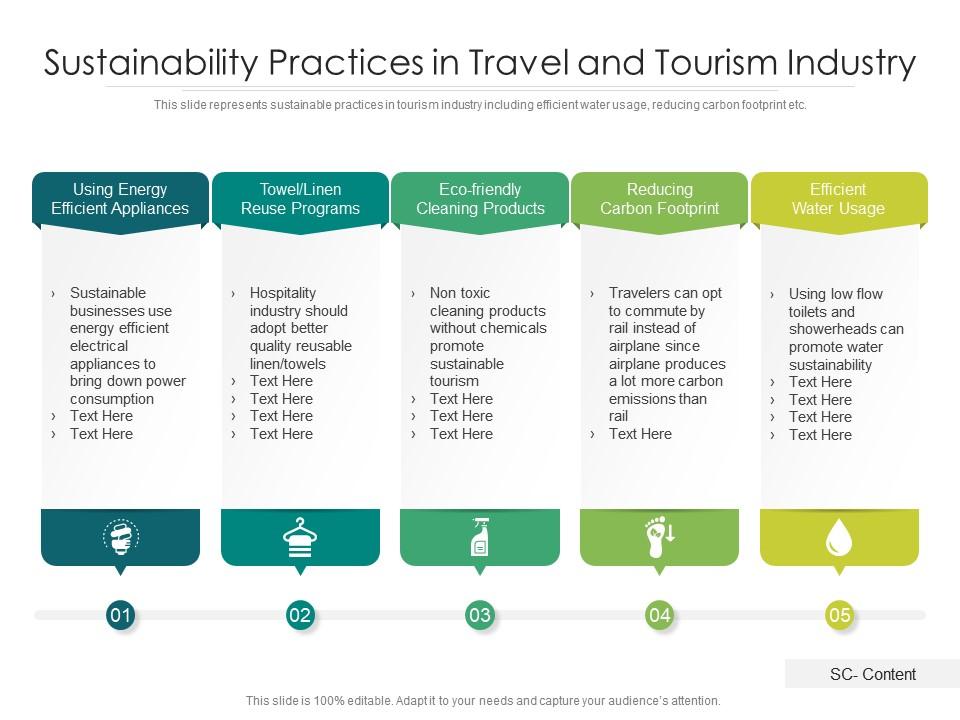Discover Scotland's Natural Wonders Through Ecotourism

Scotland, with its rugged landscapes, majestic lochs, and sprawling moors, is not just a haven for history enthusiasts but also a paradise for ecotourists. Ecotourism in Scotland offers a sustainable way to explore the country's natural beauty while preserving its environment for future generations. Let's embark on a journey through Scotland's natural wonders, understanding how ecotourism plays a pivotal role in conserving its breathtaking landscapes.
The Essence of Ecotourism in Scotland
Ecotourism is about more than just visiting a place; it's about understanding, respecting, and contributing to its preservation. In Scotland:
- Environmental education becomes part of the travel experience, teaching visitors about local ecosystems.
- Sustainable practices are encouraged, minimizing the ecological footprint of tourism.
- Community benefits from tourism through eco-friendly accommodations and conservation projects.
By engaging in ecotourism, travelers are not just passive spectators but active participants in the preservation efforts.

Exploring Scotland’s Natural Wonders
From the dramatic peaks of the Scottish Highlands to the serene beauty of its islands, here are some of Scotland's natural wonders that beckon ecotourists:
Scottish Highlands

The Scottish Highlands, a canvas of natural beauty
- Glencoe - A valley of beauty and historical significance, offering dramatic mountain views.
- Ben Nevis - The UK's highest peak, an ultimate destination for hikers, with trails offering both challenge and spectacular views.
- Cairngorms National Park - Europe's largest national park, teeming with biodiversity and a haven for wildlife enthusiasts.
🌍 Note: Always check for trail updates and follow Leave No Trace principles when visiting these areas.
The Islands

A glimpse into the mesmerizing beauty of Scotland’s islands
- Isle of Skye - Known for its fairy pools, Old Man of Storr, and its captivatingly rugged coastline.
- Outer Hebrides - An archipelago rich in culture, biodiversity, and stunning natural beauty, perfect for birdwatchers and stargazers.
- Orkney and Shetland Islands - Offering unique insights into Scotland’s ancient heritage with wildlife that includes sea birds and marine life.
National Parks and Reserves

Loch Lomond and The Trossachs, a picturesque escape
- Loch Lomond and The Trossachs - Scotland’s first national park, offering water sports, hiking, and an array of flora and fauna.
- Tyne Valley - An area of outstanding natural beauty, providing a sanctuary for migratory birds.
Conservation and Sustainability Efforts
Scotland takes its commitment to conservation very seriously. Here’s how:
- Wildlife Conservation - Initiatives like The Scottish Wildlife Trust and Forestry Commission Scotland work on preserving key species and habitats.
- Renewable Energy - Scotland's push towards renewable energy sources like wind, hydro, and wave energy, making ecotourism more sustainable.
- Eco-Friendly Accommodations - Many accommodations have embraced green practices, from solar panels to energy-efficient buildings.
Ecotourism Tips for Travelers
To truly experience Scotland’s natural wonders responsibly:
- Plan Ahead - Understand the areas you're visiting, respect wildlife, and prepare for Scotland's unpredictable weather.
- Reduce Waste - Practice the principles of reduce, reuse, and recycle; carry reusable items and pack out what you pack in.
- Respect Local Culture - Learn about Scotland’s traditions and support local businesses, especially those that contribute to conservation efforts.
🍃 Note: Scotland's wildlife and landscapes deserve respect. Keep a safe distance from animals and stay on marked trails.
In conclusion, Scotland’s natural wonders are not just to be admired but to be cherished and preserved. Ecotourism provides a pathway to enjoy these marvels while ensuring their sustainability. As travelers, our actions can either contribute to the preservation or the degradation of these natural gems. By choosing ecotourism, we align our adventures with a broader mission to protect Scotland’s natural beauty for future generations to experience and learn from.
What are some less-known ecotourism spots in Scotland?
+Discovering lesser-known spots like Trossachs for tranquility, Fair Isle for birdwatching, and Kyle of Tongue for its unique landscape can provide a rich, yet less crowded ecotourism experience.
How can I contribute to wildlife conservation in Scotland?
+Support local conservation efforts by donating to or volunteering with organizations like The Scottish Wildlife Trust, RSPB Scotland, or by choosing eco-friendly accommodations.
Are there eco-friendly transport options in Scotland?
+Yes, travel by train or choose local buses. For more rural areas, electric or hybrid car rentals, and even bicycles can be considered for sustainable travel.
Can I experience Scotland’s culture while practicing ecotourism?
+Absolutely, engage with local communities through festivals, traditional music sessions, or by visiting sustainable crofting communities where you can learn about heritage and modern-day conservation practices.
What should I consider when choosing eco-friendly accommodations in Scotland?
+Look for certifications like the Green Tourism Business Scheme, consider their environmental footprint, local sourcing, and whether they support local conservation projects.
Related Terms:
- Scotland tourist board brochure
- Free Scotland brochures by post
- best natural wonders in scotland
- scottish natural wonders
- nature in scotland
- scotland natural wonderland



